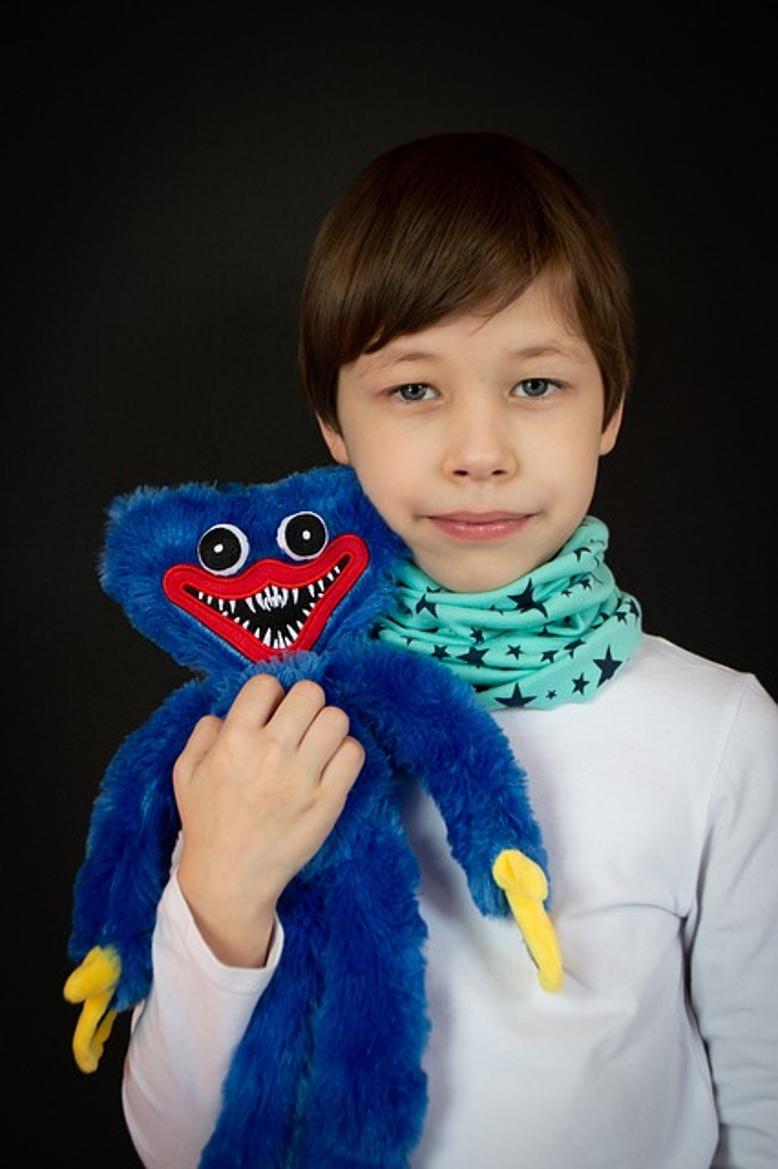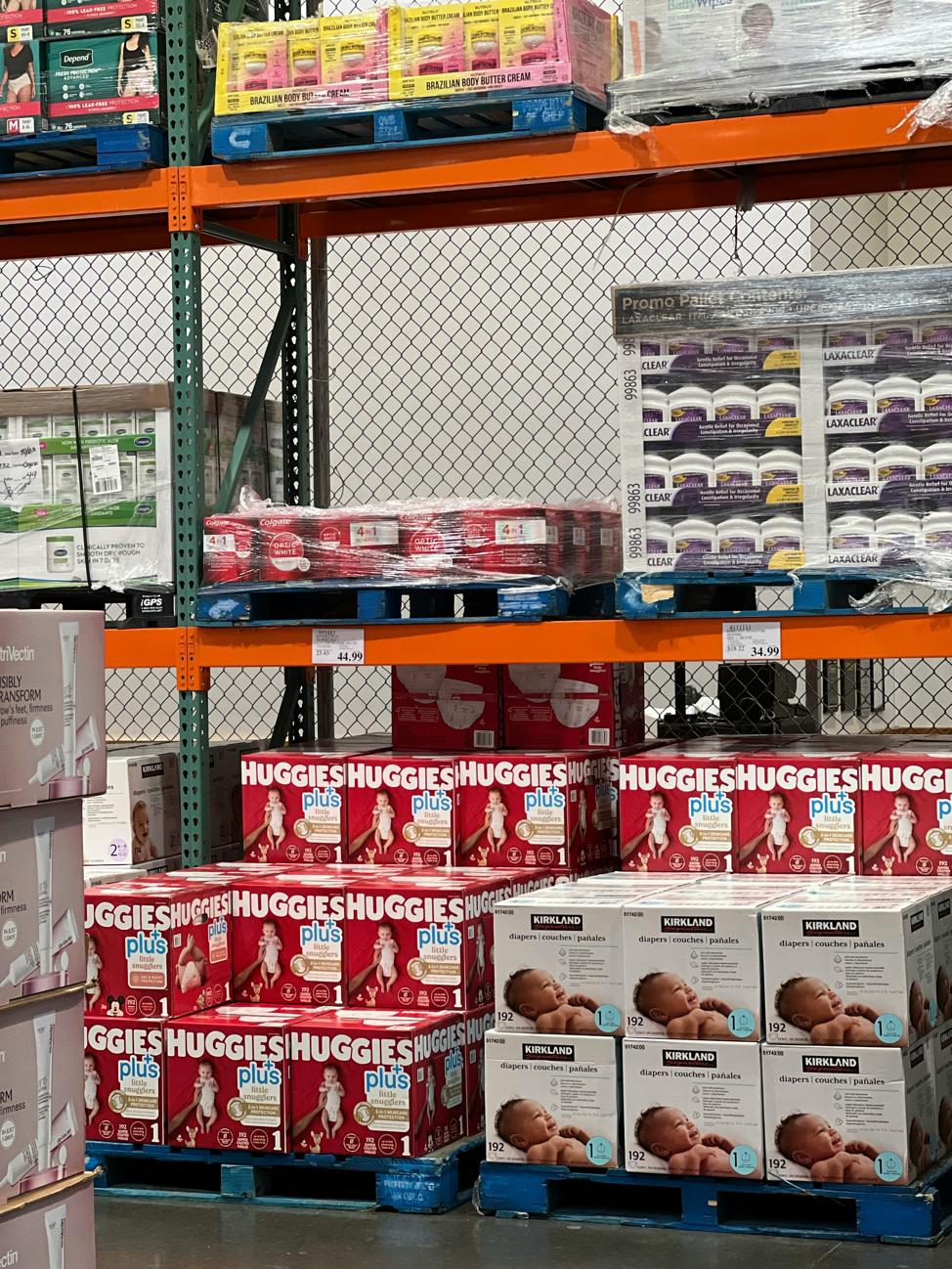Introduction
Choosing the right diaper for your baby can feel overwhelming, especially when faced with popular brands like Huggies and Pampers. Both have strong reputations and offer a range of products designed to keep babies comfortable, dry, and happy. In this comprehensive comparison, we’ll explore the essential features of Huggies and Pampers, user experiences, cost differences, and environmental impact to help you decide which brand is the best fit for your family.

Brand Overview
Huggies and Pampers dominate the diaper market, each with a loyal customer base. Huggies is known for its focus on leak protection and comfort, while Pampers emphasizes softness and skin care. Both brands offer various products, including diapers for newborns, active babies, and overnight protection, ensuring parents can find the ideal option for different stages of their baby’s development.
Key Features Comparison
Absorbency: Which Brand Keeps Your Baby Dryer?
When it comes to absorbency, parents need a diaper that can handle both wetness and messes efficiently. Pampers are often praised for their superior absorbent core, designed to lock away moisture and prevent leaks. The Swaddlers and Baby-Dry lines feature a unique technology that keeps babies dry up to 12 hours, ideal for overnight use.
Huggies, with its Little Snugglers and Snug & Dry variants, also offer impressive absorbency features. The Leak Lock system ensures maximum dryness and protection from leaks. Many parents find the absorbency levels of both brands comparable, but some report that Huggies tends to perform slightly better during heavy wetting. Ultimately, both brands provide excellent absorbency to keep your baby dry and comfortable throughout the day and night.
Fit and Comfort: Which Diaper Offers Better Mobility?
The fit of a diaper is crucial for your baby’s comfort and mobility. Huggies diapers come with a contoured shape designed to fit snugly around your baby’s waist and legs. The Double Grip Strips ensure the diaper stays in place as your baby moves, preventing sagging and leaks. Additionally, the flexible waistband adapts to your baby’s movements, allowing for better mobility.
On the other hand, Pampers emphasize a snug and secure fit with their 3-way fit technology that adapts at the waist, legs, and bottom. The stretchy sides provide a comfortable fit without restricting movement. The Pampers Swaddlers are especially noted for their soft, blanket-like feel, giving the baby extra comfort. Both brands strive to offer diapers that fit well and support your baby’s active lifestyle.
Skin Sensitivity: Which Brand is Gentler on Baby’s Skin?
Babies have delicate skin that needs gentle care to prevent rashes and irritation. Pampers stand out for their hypoallergenic materials and lotion-infused liners enriched with aloe vera to protect the baby’s skin. The Swaddlers line includes an indicator strip that changes color when the diaper is wet, reducing the need for frequent checks and minimizing skin irritation.
Huggies also prioritizes skin health with its GentleAbsorb Liner, designed to wick away moisture and keep skin dry. The Huggies Special Delivery line is made from plant-based materials, free from harsh chemicals and fragrances, making it an excellent choice for sensitive skin. Both brands perform well in terms of skin sensitivity, but parents of babies with very sensitive skin might prefer Huggies due to their plant-based options.
User Experience Insights
Parent Testimonials: Huggies vs. Pampers
Parental feedback plays a critical role in the decision-making process for new diapers. Many parents praise Huggies for their snug fit and reliable leak protection, particularly appreciative of the double grip strips and contoured shape. Some parents, however, report experiencing occasional leaks with Huggies during heavy wetting periods.
Pampers, on the other hand, is often lauded for its softness and high absorbency. Parents frequently mention the convenience of the wetness indicator and the overall smooth feel of the diaper. Nevertheless, some parents have noted that Pampers may not fit as securely for babies with chubbier thighs, resulting in occasional leaks.
Pediatrician Recommendations
Most pediatricians recommend both Huggies and Pampers, noting that the preference often comes down to the individual baby’s needs and sensitivities. Pediatricians emphasize the importance of frequent diaper changes and choosing a diaper that offers maximum comfort and dryness. Some pediatricians specifically recommend Pampers for newborns due to their softness, while others suggest Huggies for older, more active babies due to their reliable fit.
Cost Analysis
Cost is a significant factor for many parents when choosing between Huggies and Pampers. Generally, Pampers tend to be slightly more expensive than Huggies. Pampers’ premium features, such as the wetness indicator and softer material, contribute to the higher price point. On the other hand, Huggies offer competitive pricing with frequent discounts and deals available at various retailers.
While Huggies often have a lower upfront cost, it’s essential to consider the overall value, including absorbency and fit. Some parents find themselves using fewer Pampers diapers due to their high absorbency, potentially balancing the cost difference over time. Careful consideration of budget and diaper performance should guide your purchasing decision.

Environmental Impact
Eco-Friendly Options from Huggies
Huggies has made significant strides toward sustainability with its Huggies Special Delivery line. These diapers are crafted from 20% plant-based materials and free from harsh chemicals, fragrances, and elemental chlorine. Huggies is also committed to reducing its carbon footprint through responsible sourcing and manufacturing processes that minimize environmental impact.
Pampers’ Green Initiatives
Pampers is also committed to eco-friendly practices with their Pampers Pure collection. This line uses premium cotton and plant-based materials, free from chlorine bleaching, fragrance, and parabens. Pampers has initiated several green programs, including their Pampers Recycling Program, which aims to recycle diaper packaging and reduce waste. Both brands are making efforts toward sustainability, though parents prioritizing eco-friendly products might prefer Huggies’ Special Delivery line for its higher plant-based content.

Practical Tips for New Parents
Signs You Need to Switch Diaper Brands
- Frequent leaks or blowouts despite proper diaper sizing.
- Persistent diaper rash or skin irritation.
- Baby seems uncomfortable or fussy due to fit issues.
- Diapers don’t hold up during long hours, especially overnight.
How to Save on Diapers Without Compromising Quality
- Subscribe to diaper delivery services for bulk discounts.
- Look out for coupons and promotions in stores and online.
- Consider store brand diapers, which often offer similar quality.
- Join diaper brand loyalty programs for rewards and discounts.
Conclusion
In the debate between Huggies and Pampers, the best choice depends on your baby’s unique needs. Both brands offer high-quality, reliable diapers that keep your baby comfortable and dry. Evaluate the features, user experiences, cost, and environmental impact to make an informed decision tailored to your family.
Frequently Asked Questions
Are Huggies or Pampers better for sensitive skin?
Both brands are suitable for sensitive skin, but Huggies’ Special Delivery line, made from plant-based materials, might be preferable for very delicate skin.
Which diaper brand is more affordable?
Typically, Huggies are slightly more affordable than Pampers, but many factors like absorbency and fit could affect overall cost-efficiency.
Can I use both Huggies and Pampers for my baby?
Absolutely! Some parents use both brands interchangeably depending on the situation and their baby’s needs.
